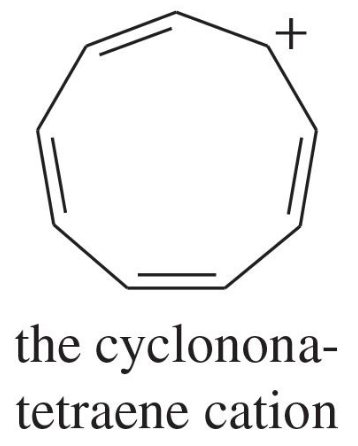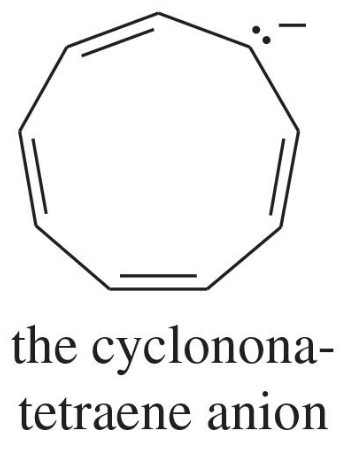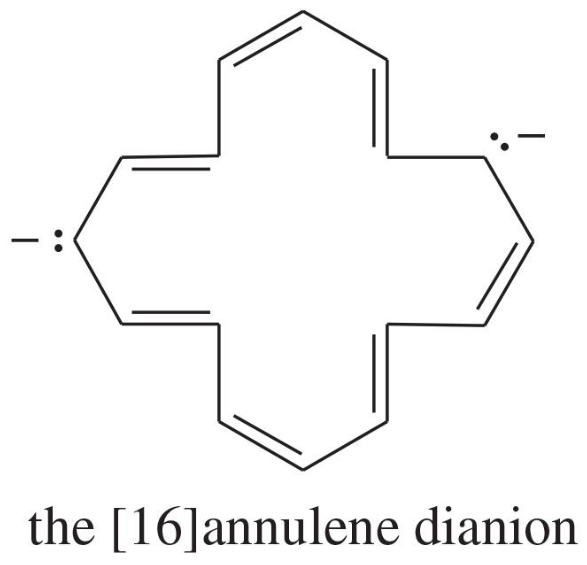Textbook Question
Explain why each compound or ion should be aromatic, antiaromatic, or nonaromatic.
(d)
(e)
(f) the [20]annulene dication



 Verified step by step guidance
Verified step by step guidance Verified video answer for a similar problem:
Verified video answer for a similar problem:


 4:28m
4:28mMaster [6]annulene vs. [8]annulene with a bite sized video explanation from Johnny
Start learning